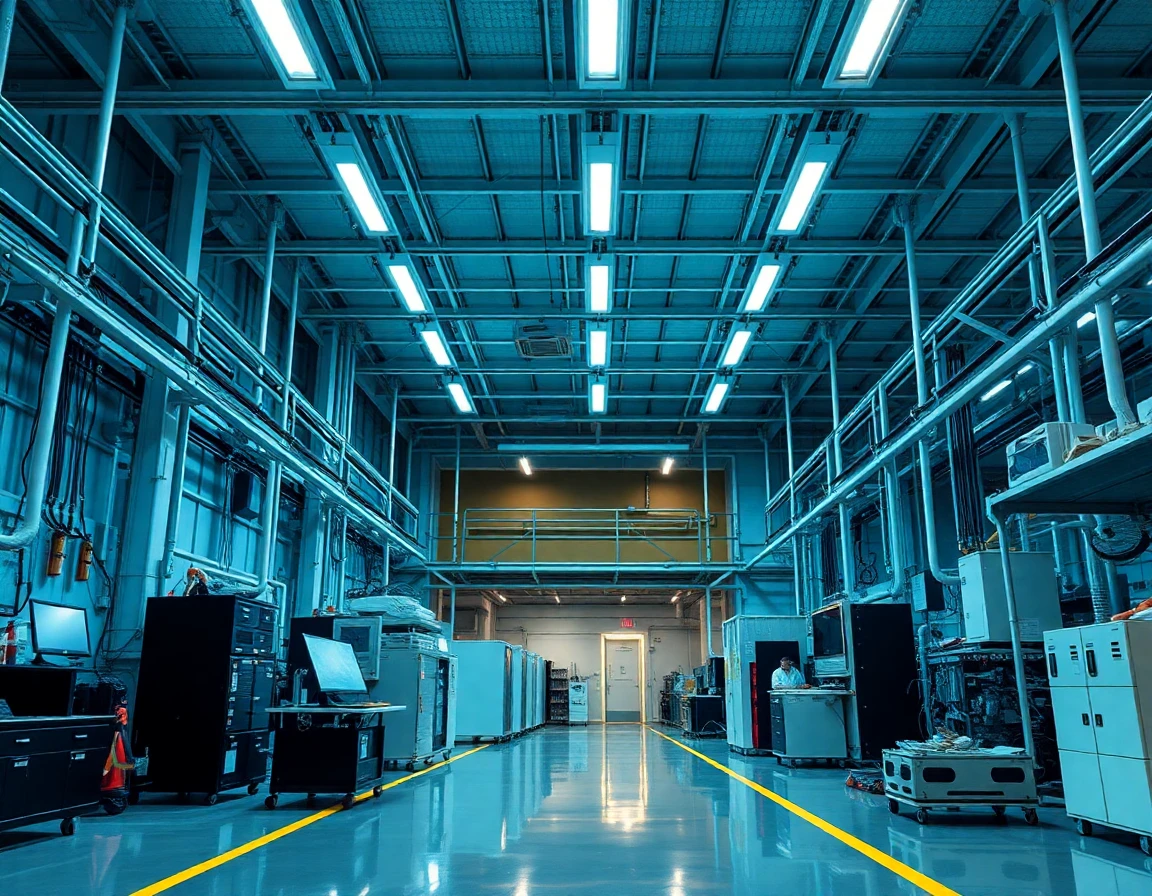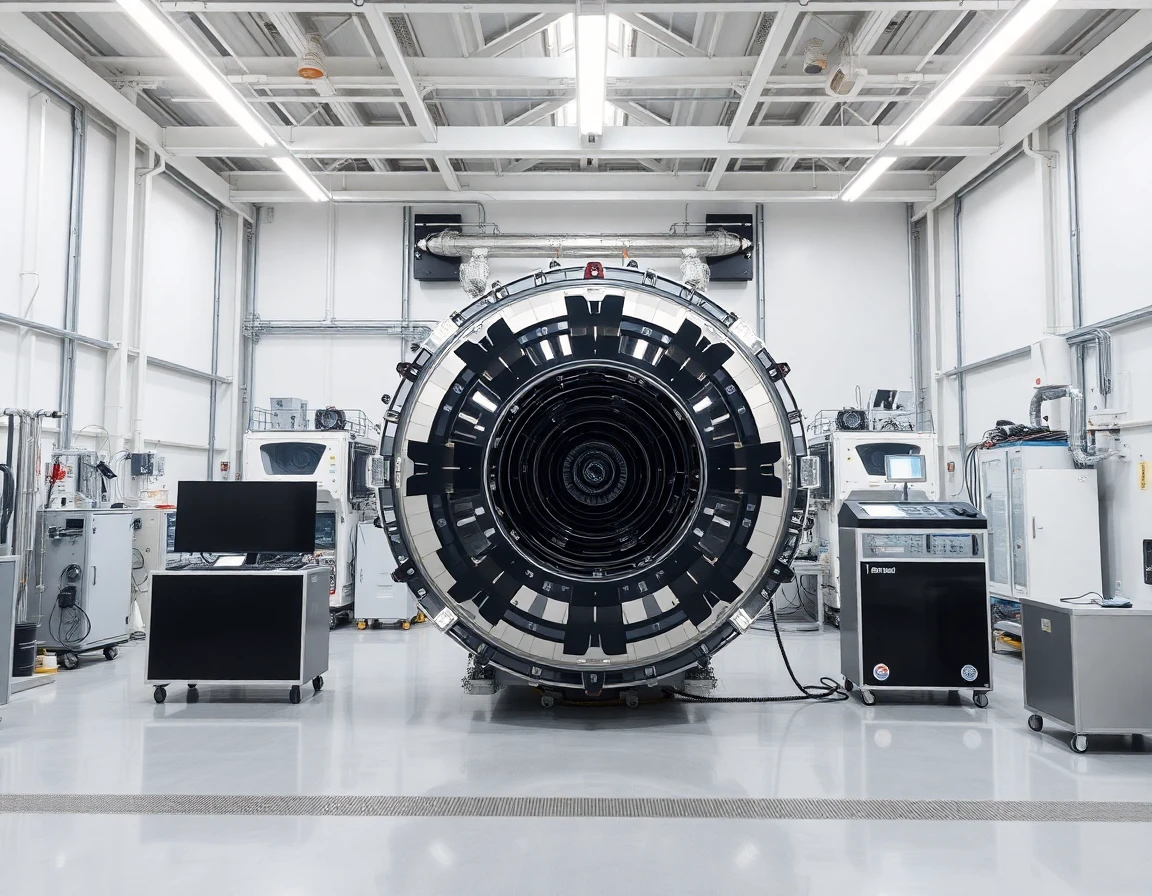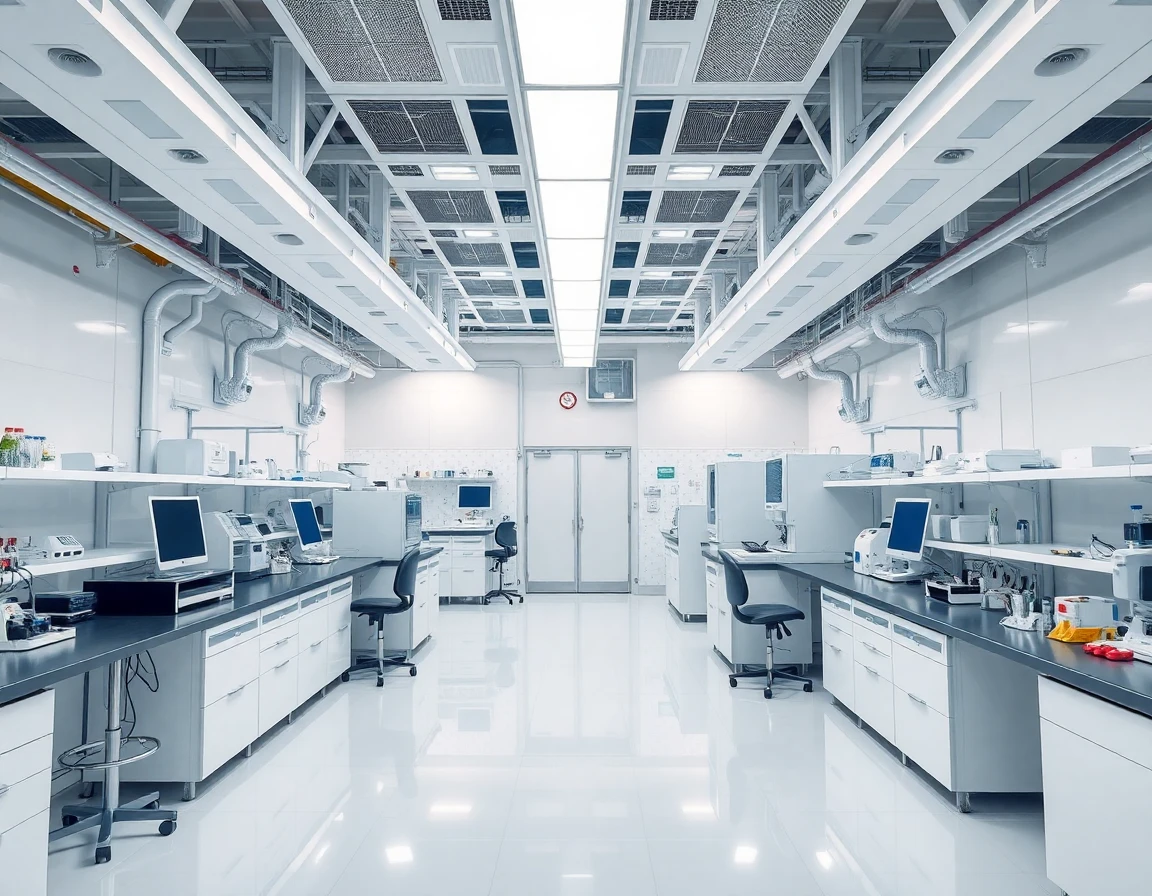As the International Space Station (ISS) nears its operational end, the focus on commercial space stations is intensifying. This shift marks an exciting chapter in the history of space exploration, with private companies stepping up to fill the void left by governmental agencies. This article explores recent advancements in commercial space station development, the technologies involved, and their potential impacts on the aerospace industry.
Transitioning from Government to Commercial Operators
The ISS has been a cornerstone of human space exploration since its launch in 1998, but its aging infrastructure and increasing maintenance costs signal the need for a transition to new platforms. According to a recent statement from NASA Administrator Bill Nelson, “The future of space exploration hinges on the ability of private companies to innovate and provide new solutions for human habitation in low Earth orbit.”
Several companies, including Axiom Space and Blue Origin, are already making notable strides in developing commercial space stations. Axiom Space plans to attach its commercial modules to the ISS before eventually detaching to form a standalone station. In contrast, Blue Origin aims to create a floating habitat for research and tourism.
Technical Innovations Driving Development
The development of commercial space stations is driven by advancements in various technologies, including satellite communication systems that facilitate data transmission and operational management in space. These systems are essential for maintaining connectivity between Earth and the station, enabling real-time data sharing and remote operations.
Moreover, the integration of high-precision navigation systems is crucial for ensuring that these stations can maneuver safely and efficiently in low Earth orbit. For instance, the navigation system for aerospace applications, featuring high-reliability quartz MEMS inertial measurement units, enables accurate positioning and orientation, which is vital for both station stability and docking procedures.
Industry Context and Competitive Landscape
The commercial space sector is rapidly evolving, with significant investments pouring into research and development. According to a report from the Space Data Association, the commercial space industry is expected to reach a market value of $1 trillion by 2040. This growth is fueled by the increasing demand for satellite launches, space tourism, and scientific research.
Industry experts believe that the emergence of commercial space stations could revolutionize the way scientific experiments are conducted in microgravity. Dr. Emily Johnson, a leading aerospace engineer, stated, “Commercial space stations will provide unprecedented opportunities for research in fields ranging from pharmaceuticals to materials science. The unique environment of microgravity allows for experiments that simply can’t be conducted on Earth.”
Potential Impacts on Science and Industry
The shift to commercial space stations is set to have profound implications for both the scientific community and the private sector. Universities and research institutions are already eyeing the potential for collaboration with commercial operators to conduct experiments in space, which could lead to breakthroughs in various fields.
Additionally, the commercial space station industry will likely spur job creation and technological advancements across multiple sectors. The need for skilled labor in aerospace engineering, robotics, and telecommunications will increase, providing new career opportunities for the next generation of scientists and engineers.
Future Developments on the Horizon
As we look to the future, the potential for commercial space stations seems boundless. With companies like SpaceX and Northrop Grumman also entering the fray, the competitive landscape will only intensify. There are plans for modular designs that allow for scalability and flexibility in operations, accommodating various missions from scientific research to commercial tourism.
Furthermore, advancements in compact sensor modules designed for aerospace applications will enhance the capabilities of these stations. These sensors will enable more precise measurements and monitoring of experiments, ensuring that data collected in space is both accurate and reliable.
Conclusion: A Bright Future for Commercial Space Stations
The advent of commercial space stations marks a transformative period in the aerospace industry. With the ISS approaching the end of its life cycle, the private sector is poised to take the lead in human space exploration. The integration of cutting-edge technologies, from satellite communication systems to advanced navigation solutions, will play a crucial role in the success of these endeavors. As we stand on the brink of this new era, one thing is clear: the sky is no longer the limit.
In the words of NASA’s Bill Nelson, “The next generation of space exploration will be driven by innovation, partnership, and the relentless pursuit of knowledge, all made possible through the rise of commercial space stations.”



